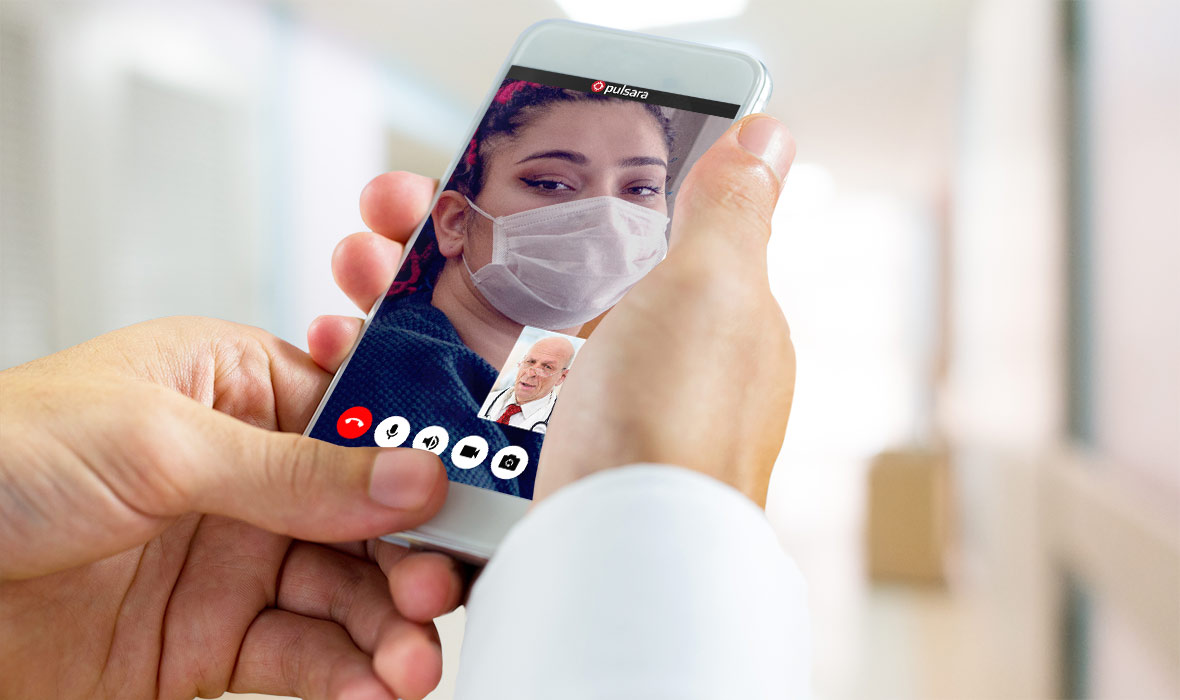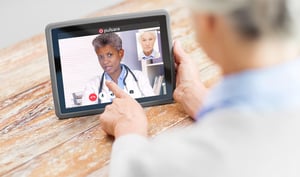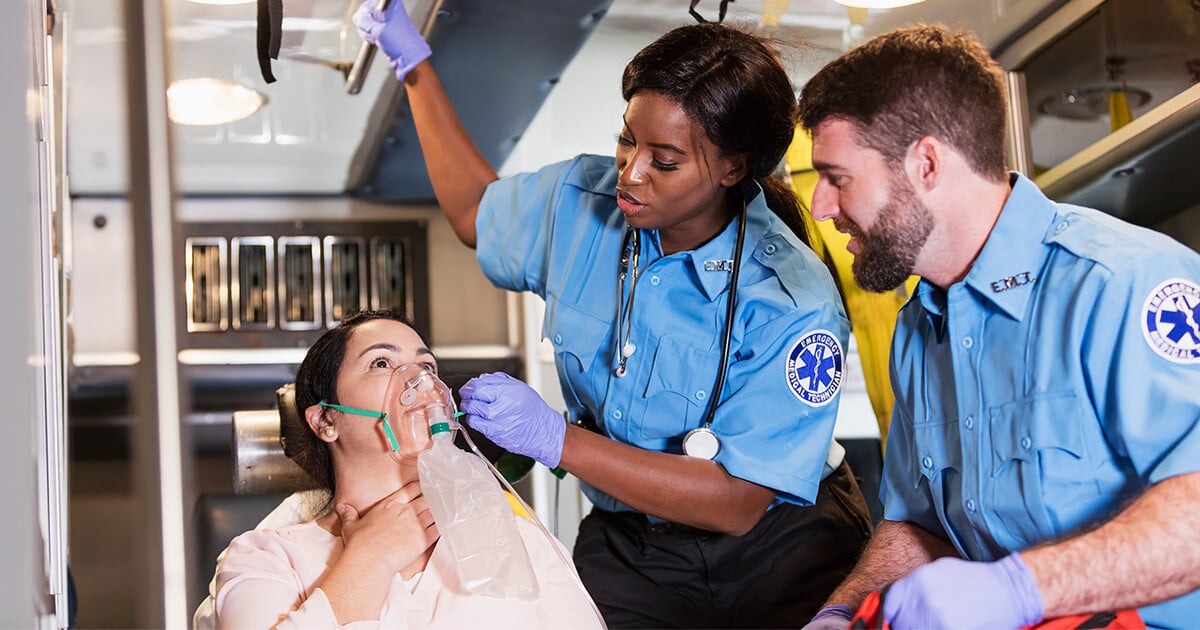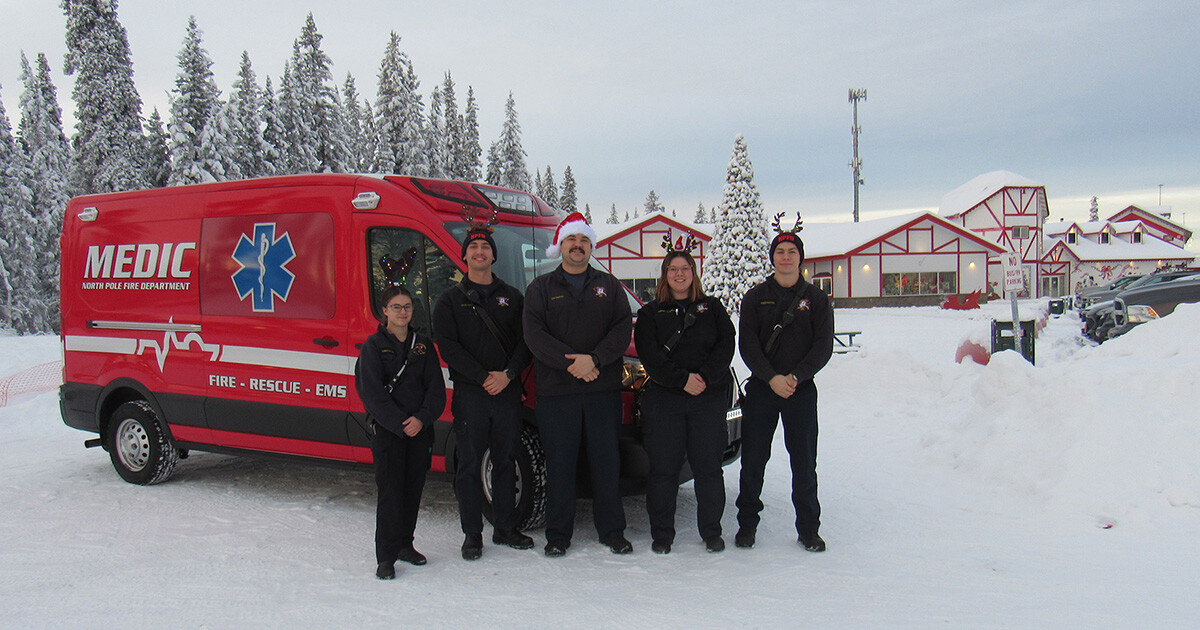Pulsara Around the World - April 2025
March Recap A New Integration: Improving Data Management, Streamlining Workflows, and Improving Care CoordinationOnly a few days ago, we announced...
3 min read
 Team Pulsara
:
Apr 24, 2020
Team Pulsara
:
Apr 24, 2020

EDITOR'S NOTE: Special thanks to Kris Kaull, B.S., NRP, CCEMT-P, FP-C for writing today's blog post. You can connect with him on LinkedIn.
__
Why has the healthcare system resisted telemedicine as a solution for so long?

Telemedicine offers a world of opportunity for innovation and improvement in healthcare communication. Clinicians can use it to assess patients remotely, advise medical care without having to be on-site, and consult with one another to bring patients the highest possible quality in medical care. We rely so heavily on technology in every other area of life, it seems counterintuitive that old, outdated technology dominates the industry where saving time can save lives.
Up until now, that potential has mostly gone untapped. Why?
Historically, healthcare has been a “reactive” industry, and we are slow to adopt new technology. This is for a number of complex reasons, including:
1. Who reimburses the cost? There are many different types of healthcare models. But regardless, there needs to be a cost and payment structure. Hospitals generate revenue from government payments, taxes, insurance, and self-pay from the patients.
2. What is the incentive to make a difference? Right now, success is measured by growing patient volume and reducing mortality and morbidity. Incentives revolve around treating the patient—not necessarily making the treatment decision that’s best for the patient. Using cost-effective technological solutions doesn't always equate to increased reimbursement.
3. What are the rules and regulations? Healthcare is regulated by multiple levels of government, including local, state, and federal agencies. Those layers of regulation have placed restrictions on practices like the use of live video, and many states have laws that require a physician to be licensed in the state in order to see a patient.
Those are difficult conditions to navigate. Hurdles to the adoption of new communication technology are embedded within the healthcare system. Until recently, that wasn’t looking likely to change anytime soon. COVID-19 created unique circumstances that enabled the missing elements in the table, breaking down obstacles that have historically stood in the way of reform.
But, how did COVID-19 break those barriers, especially as it pertains to telemedicine?
1. The nature of transmission of COVID-19 increased the need to REMOTELY assess and treat patients.
2. It illuminated the need to judiciously use Personal Protective Equipment (PPE) when appropriate and not waste a scarce resource.
3. In an effort to mitigate the spread, the U.S. Government relaxed rules and regulations regarding live video for healthcare providers.
4. Rules and eligibility for telemedicine reimbursement have been greatly broadened, making it easier to implement.
5. The government has made appropriations and funding available. The FCC is setting aside $200 million to fund the COVID-19 Telehealth Program, which will “provide immediate support to eligible health care providers responding to the COVID-19 pandemic by fully funding their telecommunications services, information services, and devices necessary to provide critical connected care services until the program’s funds have been expended or the COVID-19 pandemic has ended.”
COVID-19 exposed the need for better communication within healthcare. Now is the time to think about how using telemedicine could help you, both for this pandemic and in the future. Implementing a solid solution now will help you prepare to face the challenges ahead.
As you consider the available options for telemedicine platforms, consider these questions:

March Recap A New Integration: Improving Data Management, Streamlining Workflows, and Improving Care CoordinationOnly a few days ago, we announced...

EMS providers and industry stakeholders can now improve data management, streamline workflows, and reduce the risk of double documentation through...

NORTH POLE, AK — It’s an open secret that there’s a lot of activity going on at the North Pole this time of year. Between checking the list twice,...